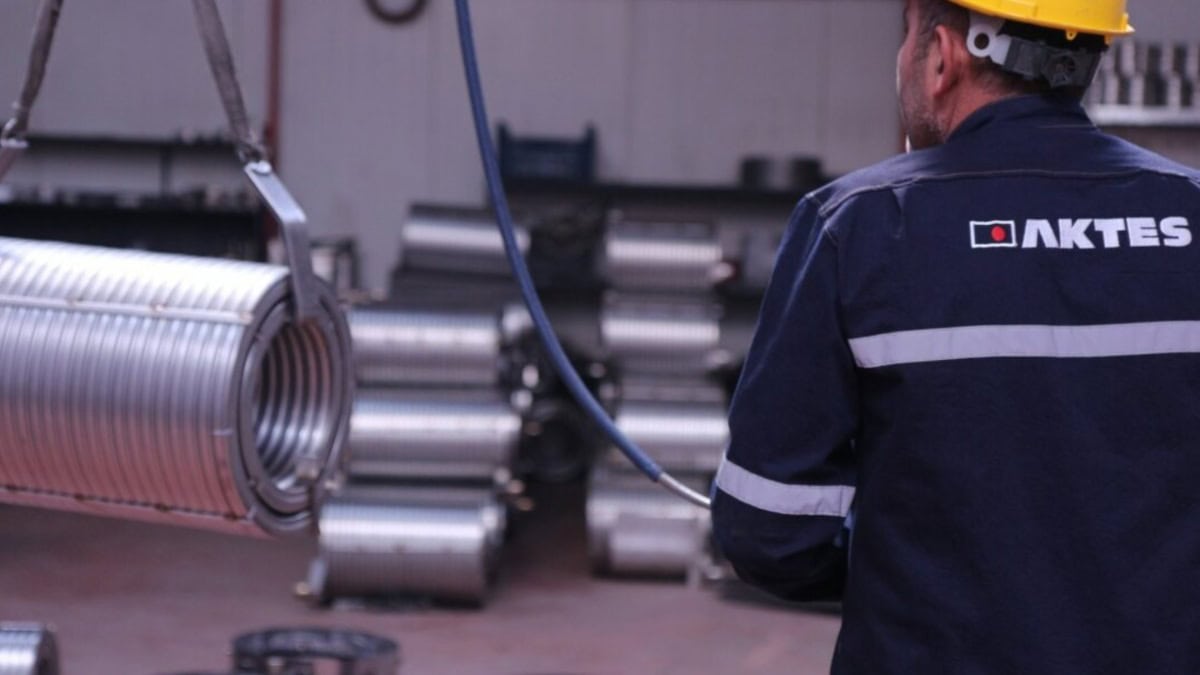
China’s super steel, officially named CHSN01, has emerged as a breakthrough material for nuclear fusion reactors, offering unmatched strength and stability under extreme conditions. Designed to function under powerful magnetic fields and temperatures near absolute zero, CHSN01 is now being used in what Chinese media claim to be the world’s first fusion power generation reactor.
This development addresses a decades-old challenge in materials science, as fusion reactors demand alloys that can withstand intense stress without compromising performance.
Chinese researchers have long anticipated the need for materials beyond the capabilities of international projects like ITER in France. While ITER’s magnets are engineered for 11.8 Tesla, scientists from the Chinese Academy of Sciences foresaw future reactors requiring even stronger materials.
In 2017, material scientist Li Laifeng presented an early version of the alloy to global experts. Despite initial skepticism from international researchers, who believed ITER-standard 316LN stainless steel was sufficient, the Chinese team continued refining their formula, incorporating vanadium and adjusting carbon-nitrogen ratios.
Breakthrough Achieved with Zhao Zhongxian’s Involvement
Progress accelerated in 2020 when cryogenic physics expert Zhao Zhongxian, a top science award recipient, joined the project. His leadership helped overcome technical barriers and emphasized the vital role of advanced materials in superconducting technologies.
By 2021, China set strict standards for its fusion materials: 1,500 MPa yield strength and over 25% elongation at cryogenic temperatures. To meet these targets, a national research alliance was formed, pooling expertise from institutes, manufacturers, and welding specialists to finalize China’s super steel CHSN01.
In August 2023, CHSN01 was certified to handle magnetic fields of up to 20 Tesla and stress levels of 1,300 MPa with high fatigue resistance. The steel is now integral to China’s BEST fusion reactor, which began assembly in May 2023 with a targeted completion in 2027.
Out of 6,000 tonnes of reactor components, 500 tonnes of conductor jackets are made from domestically produced China’s super steel. Beyond fusion reactors, China plans to apply this high-performance alloy in other advanced technology sectors.
